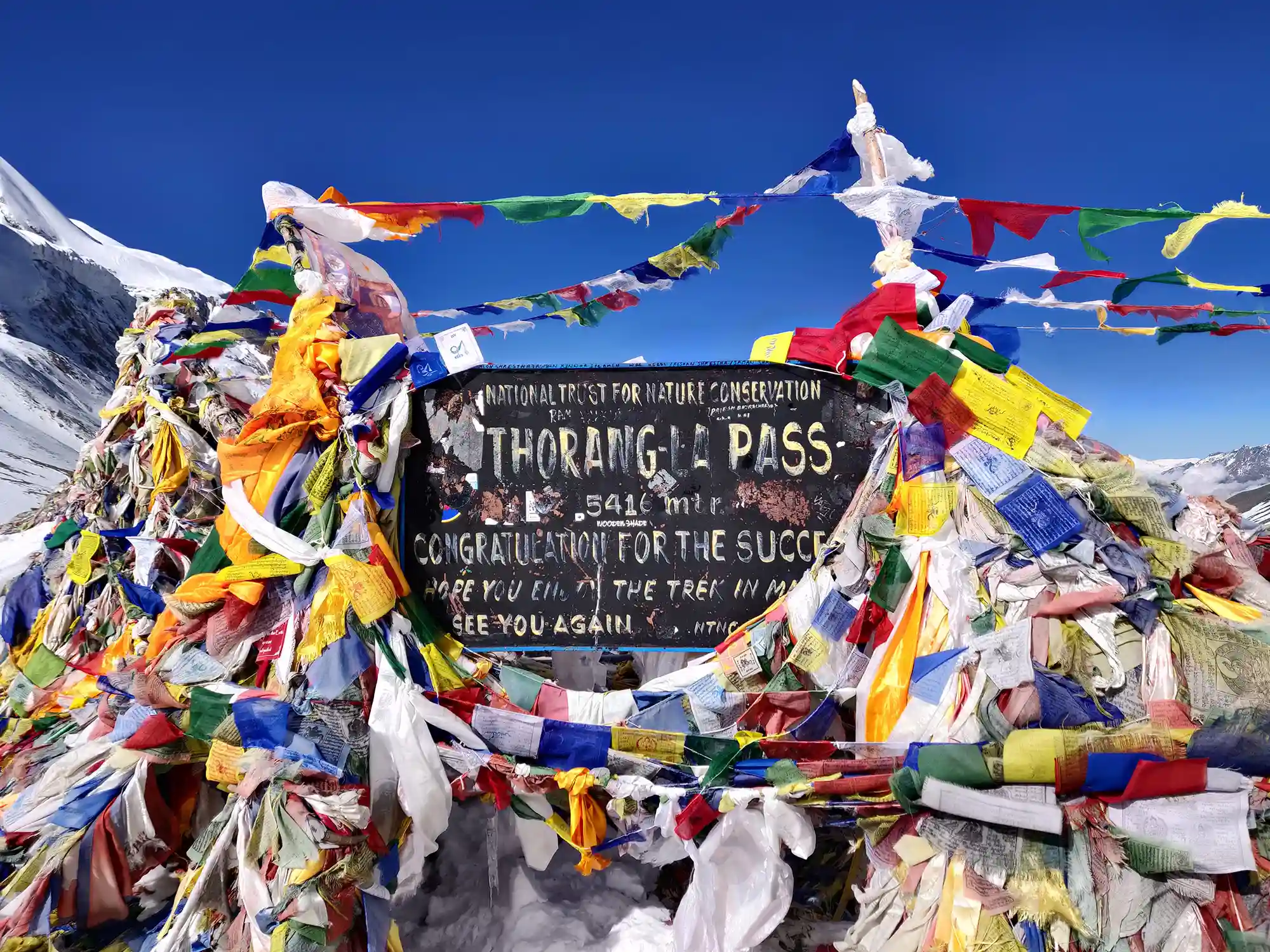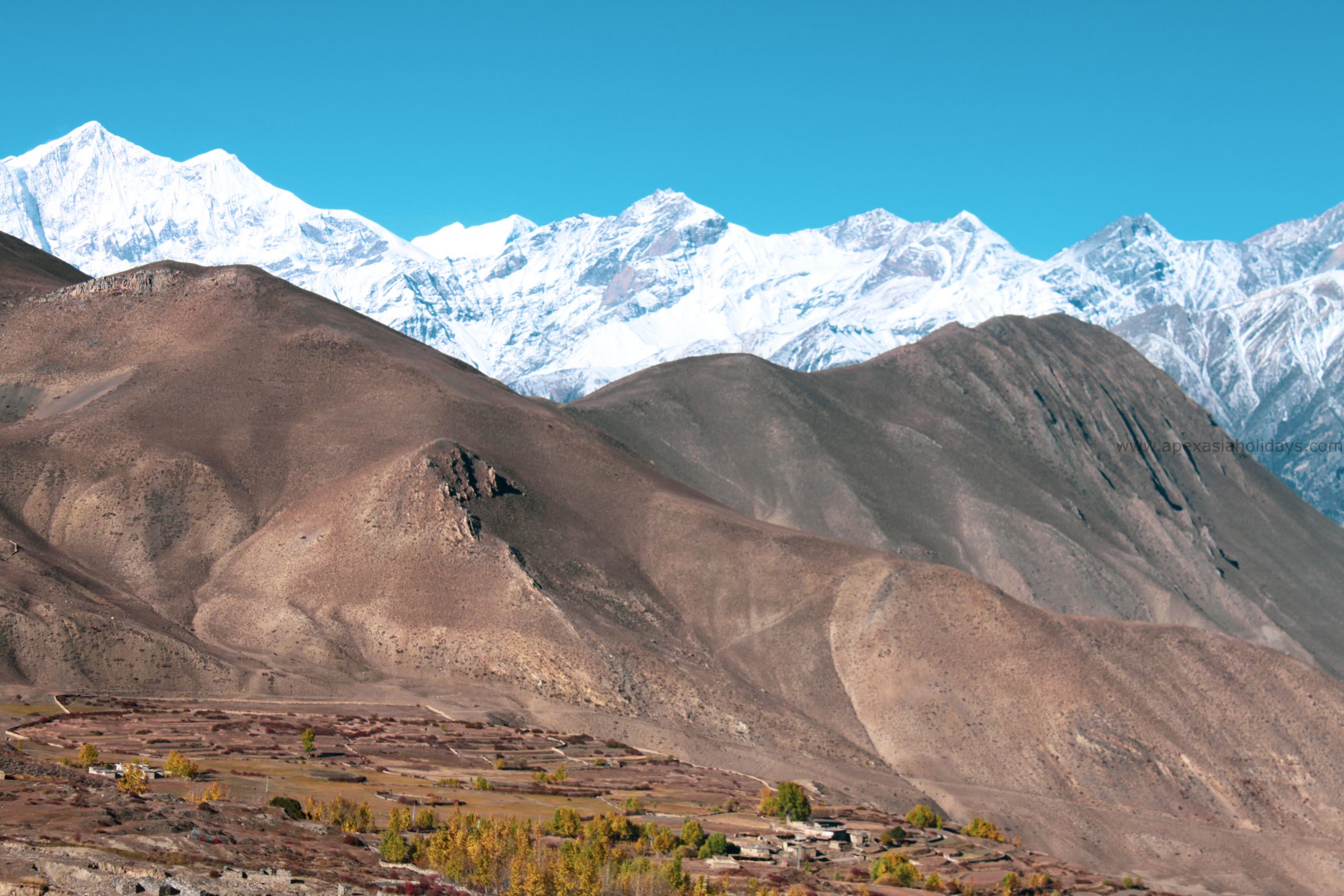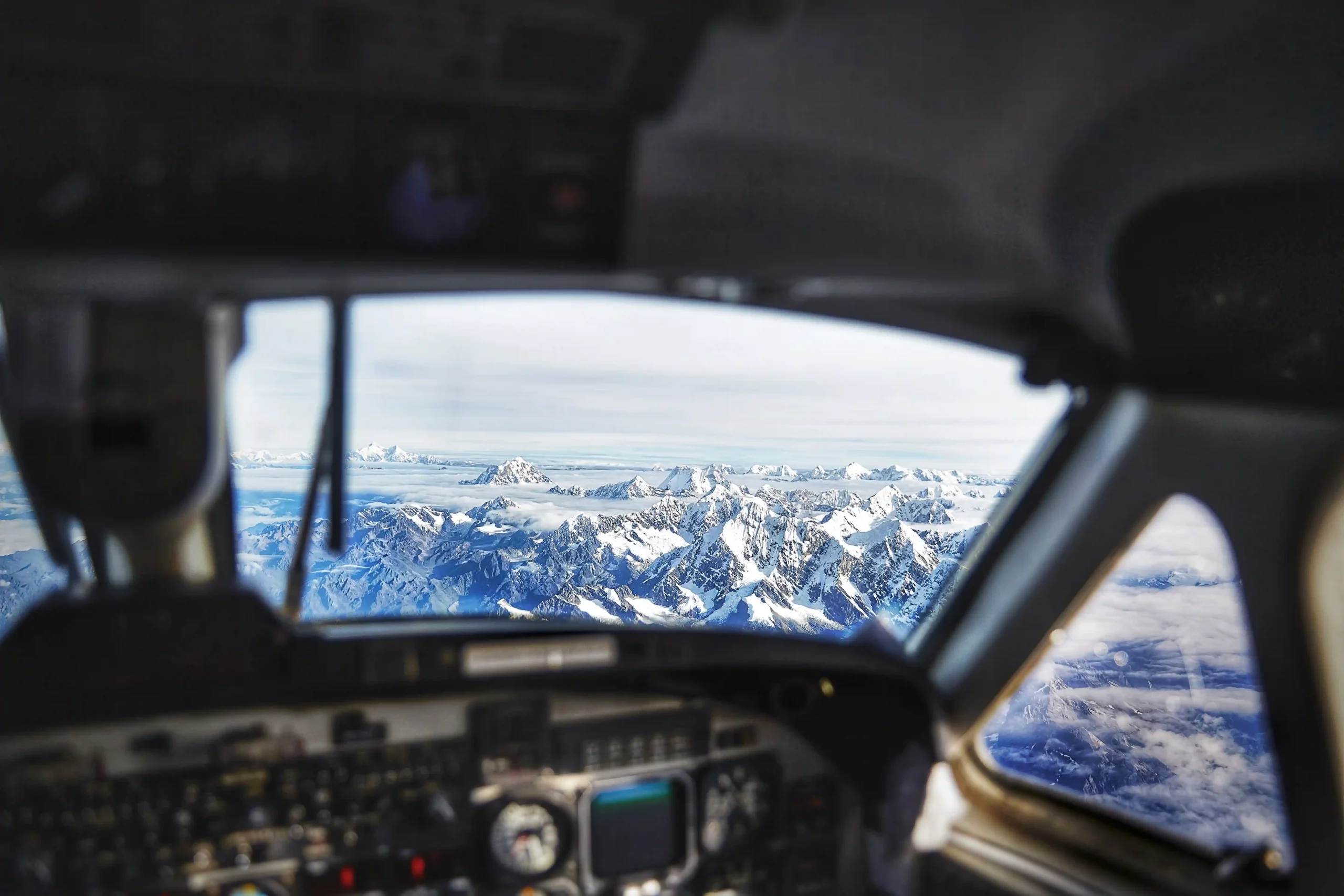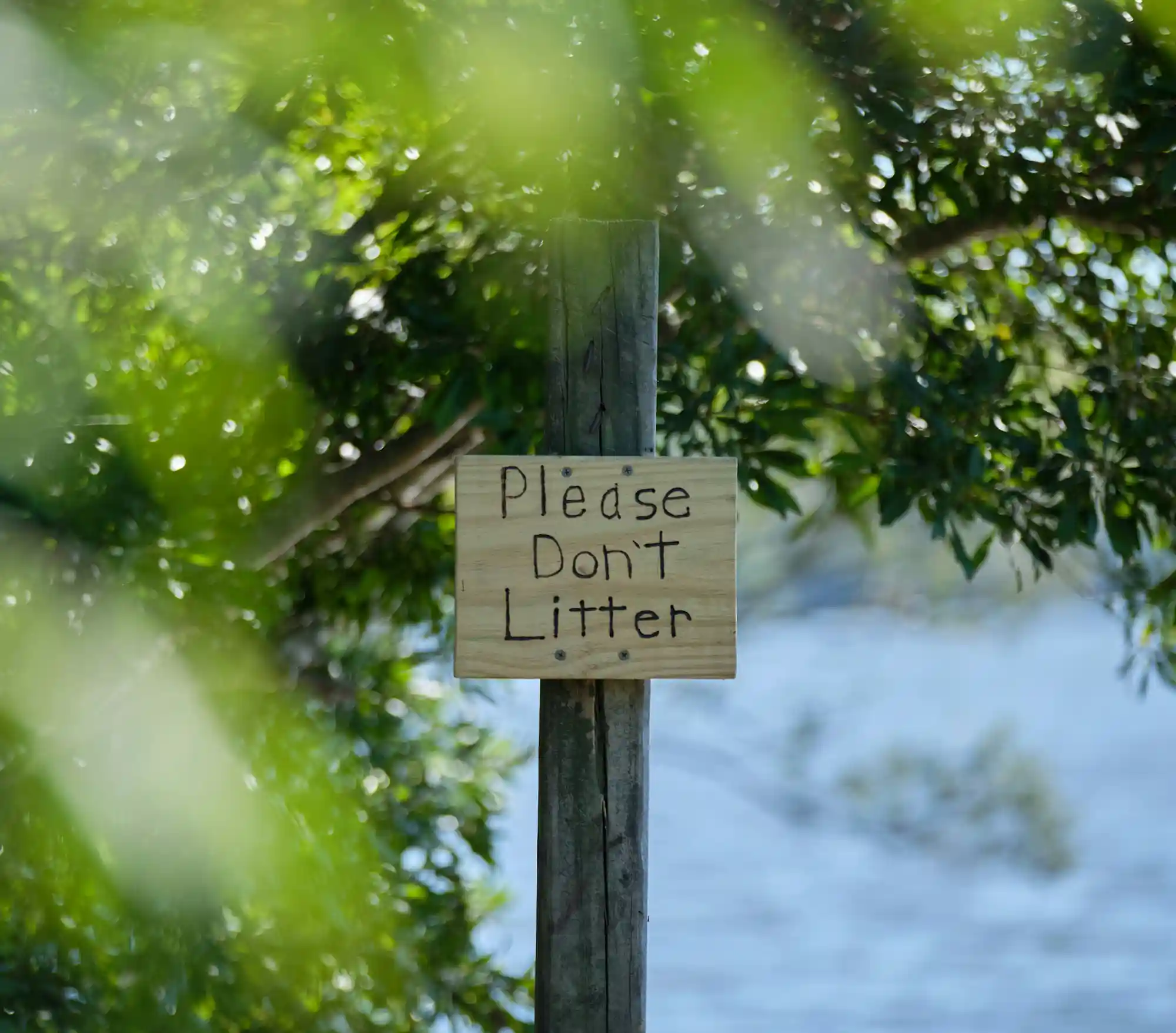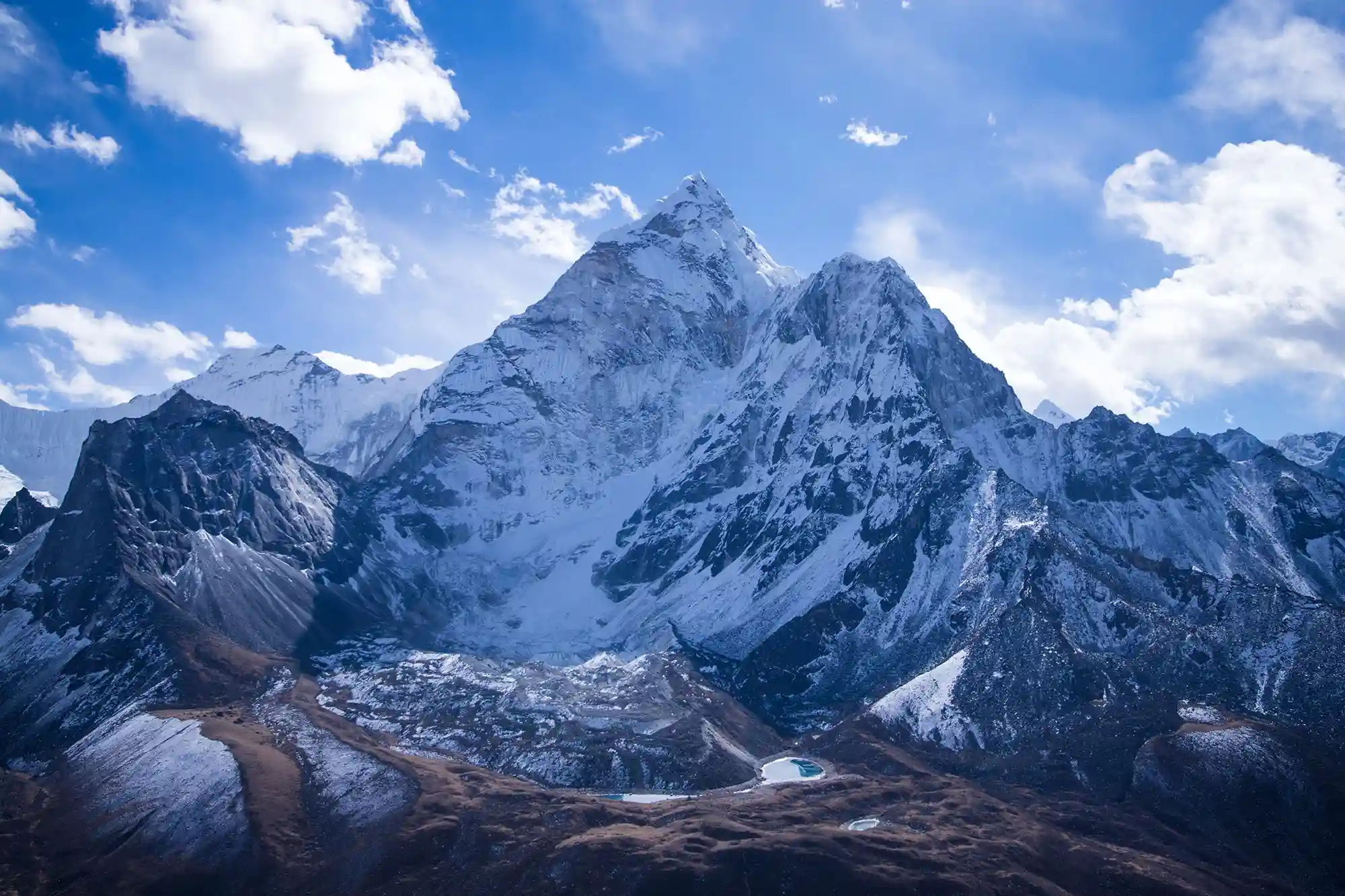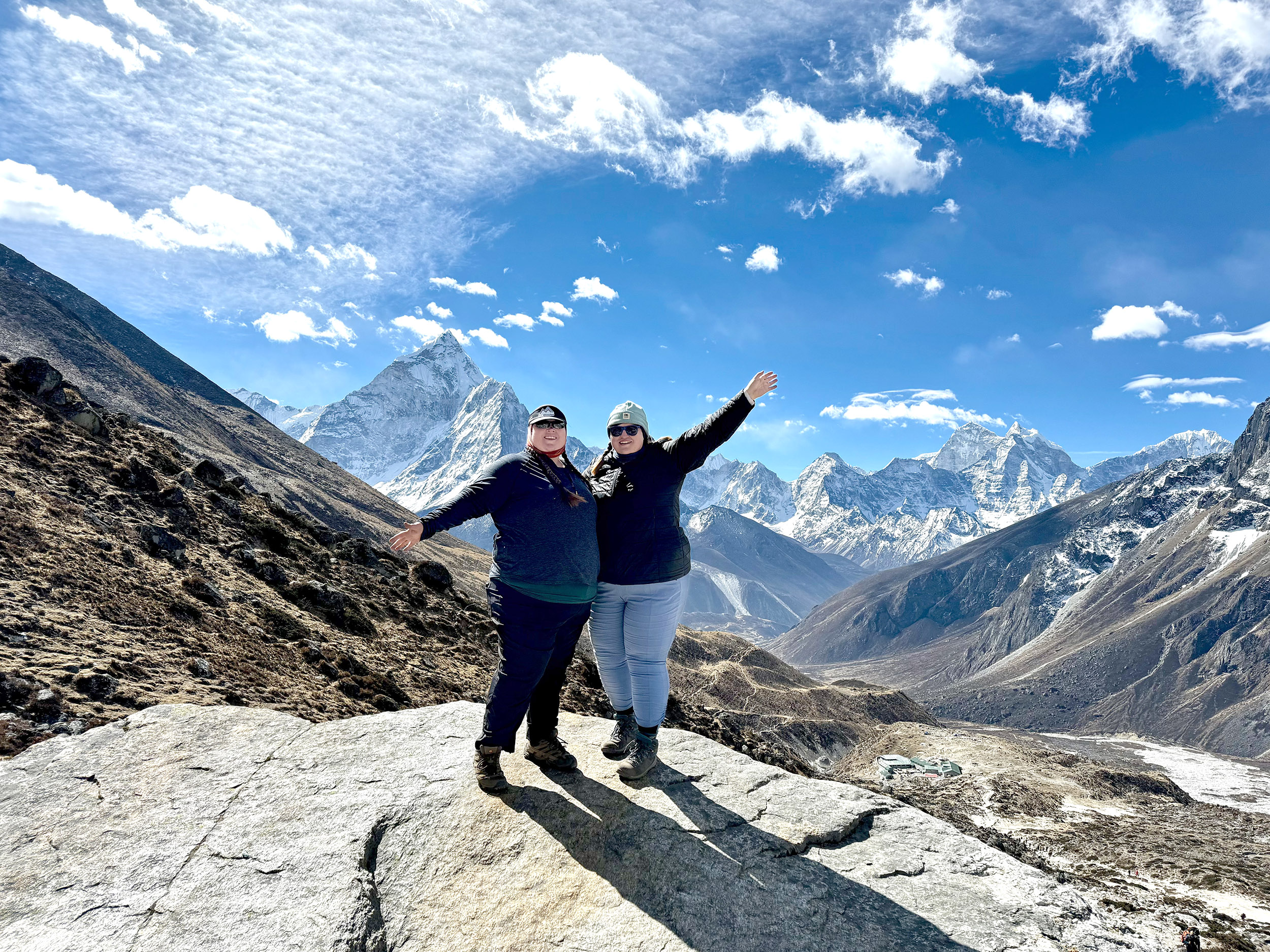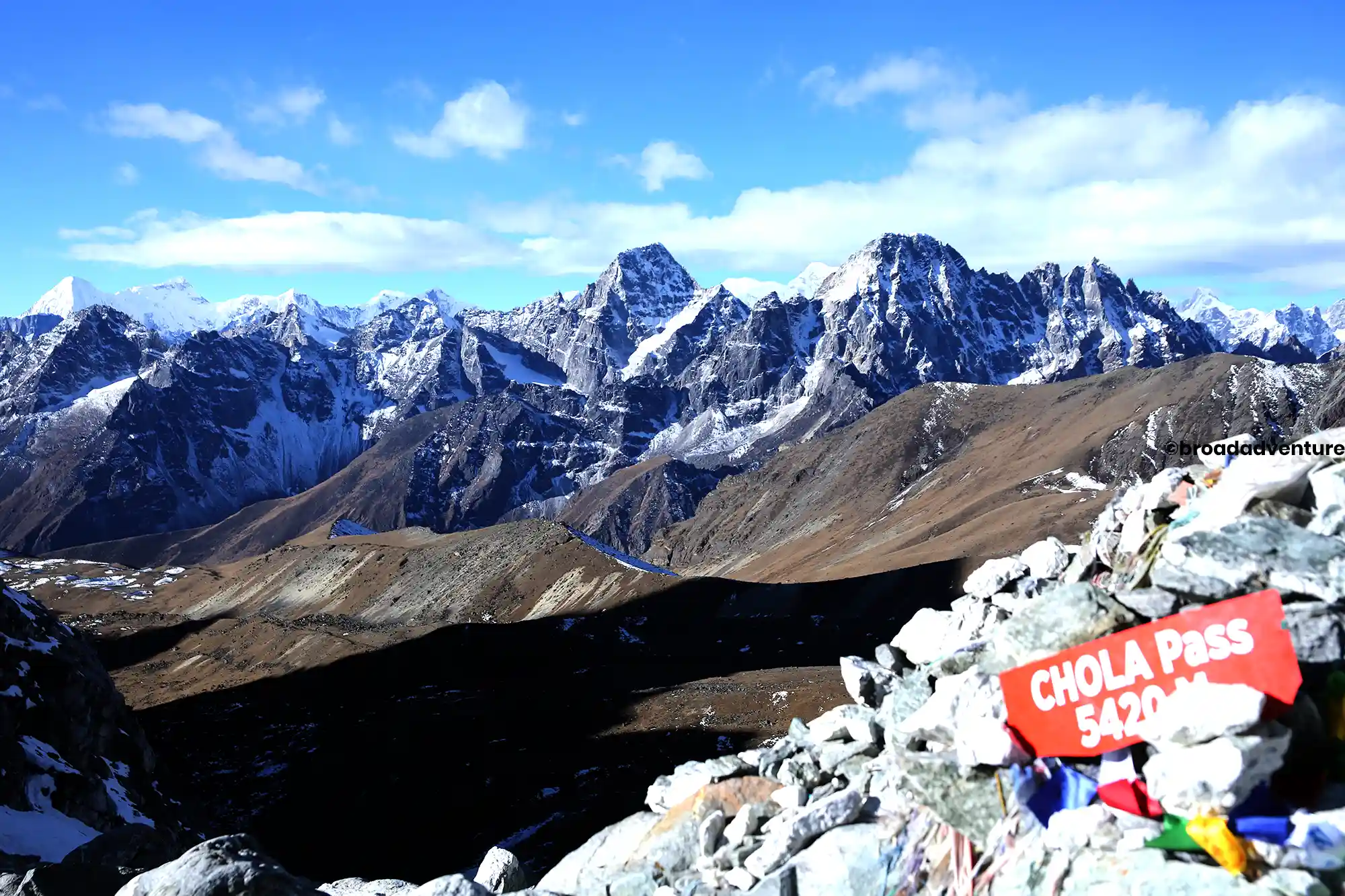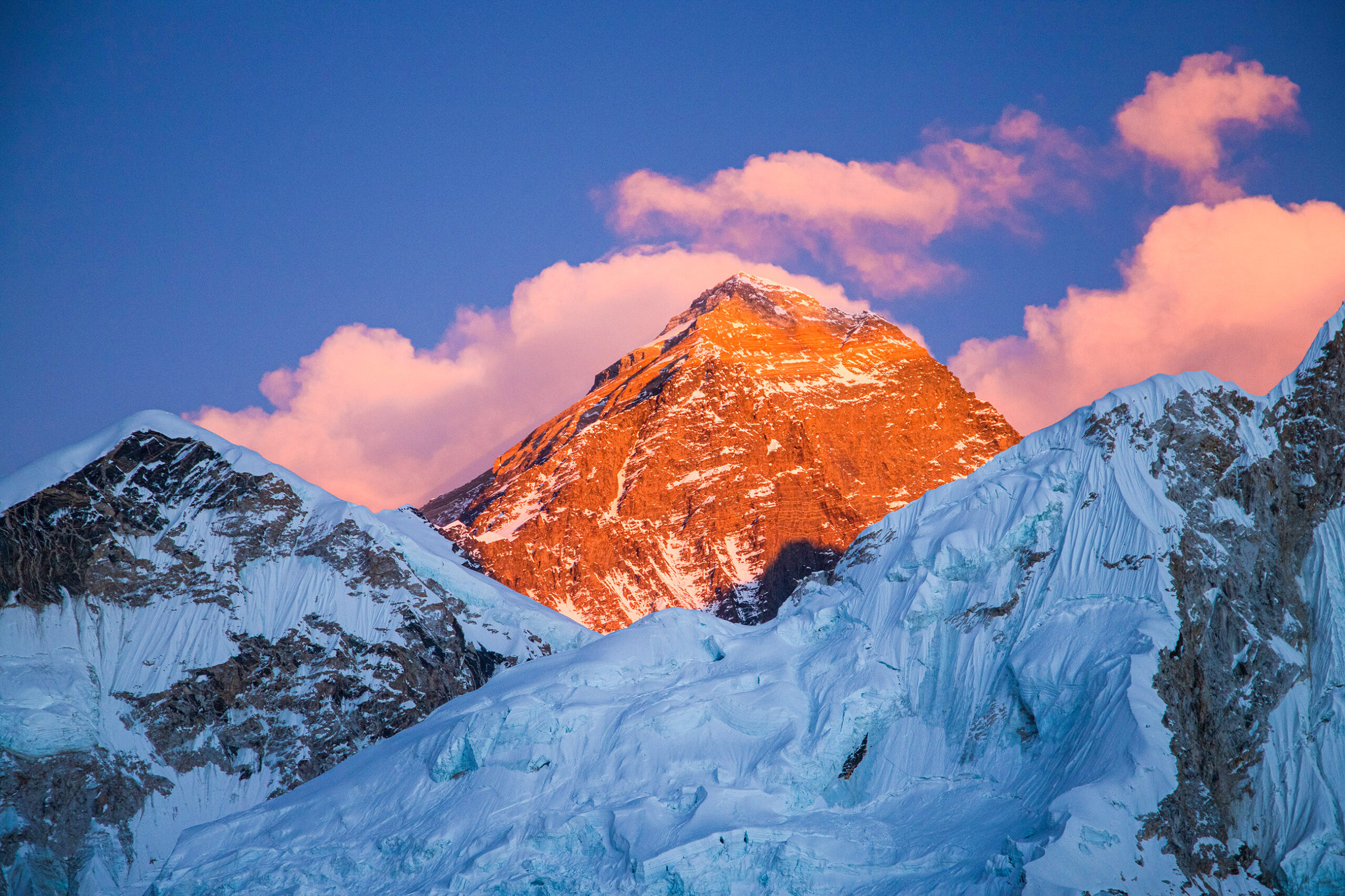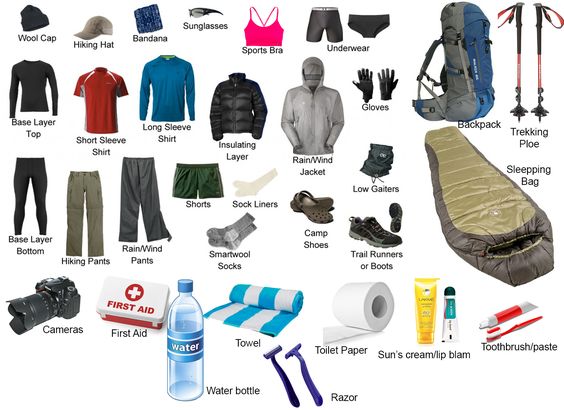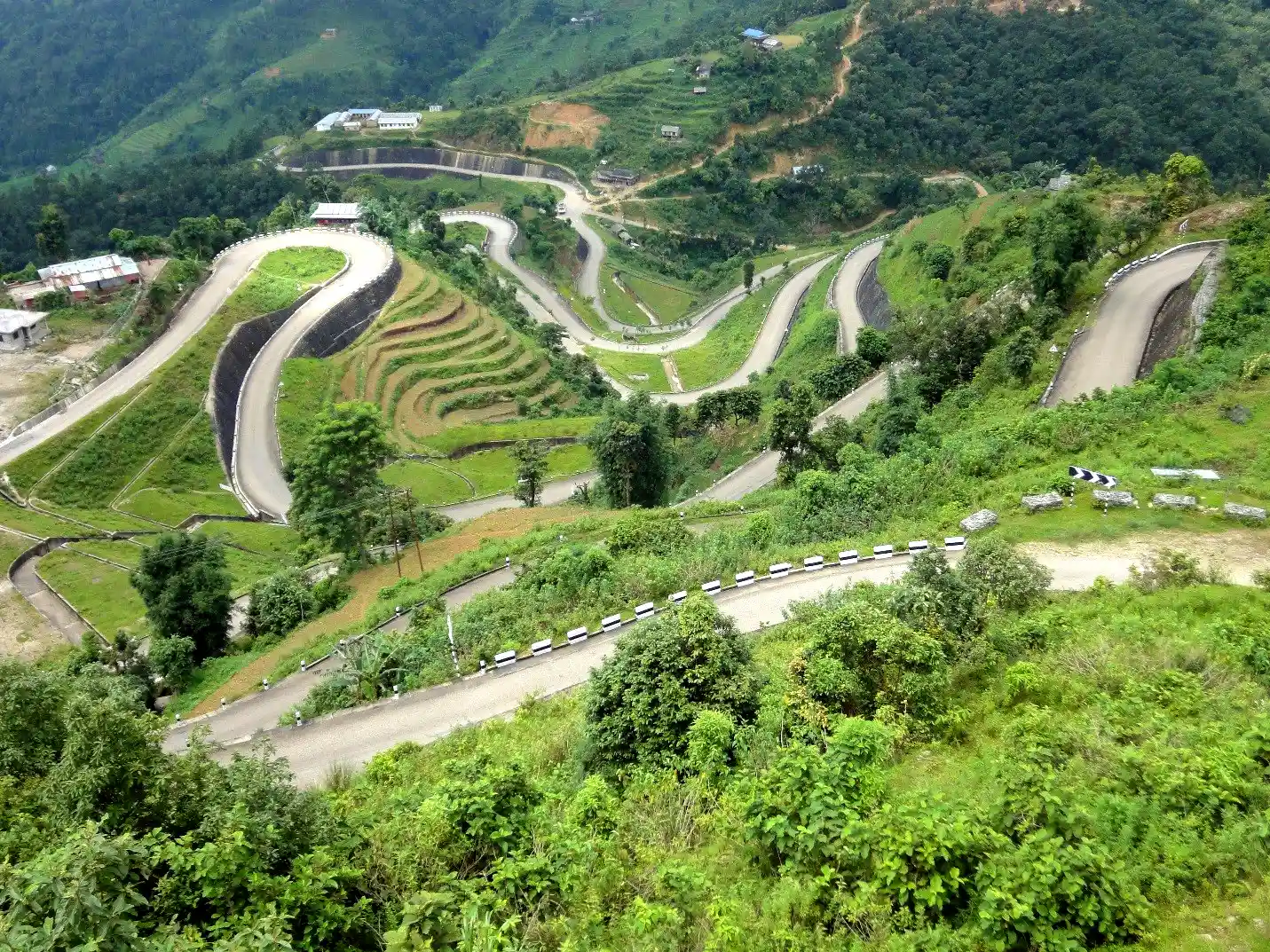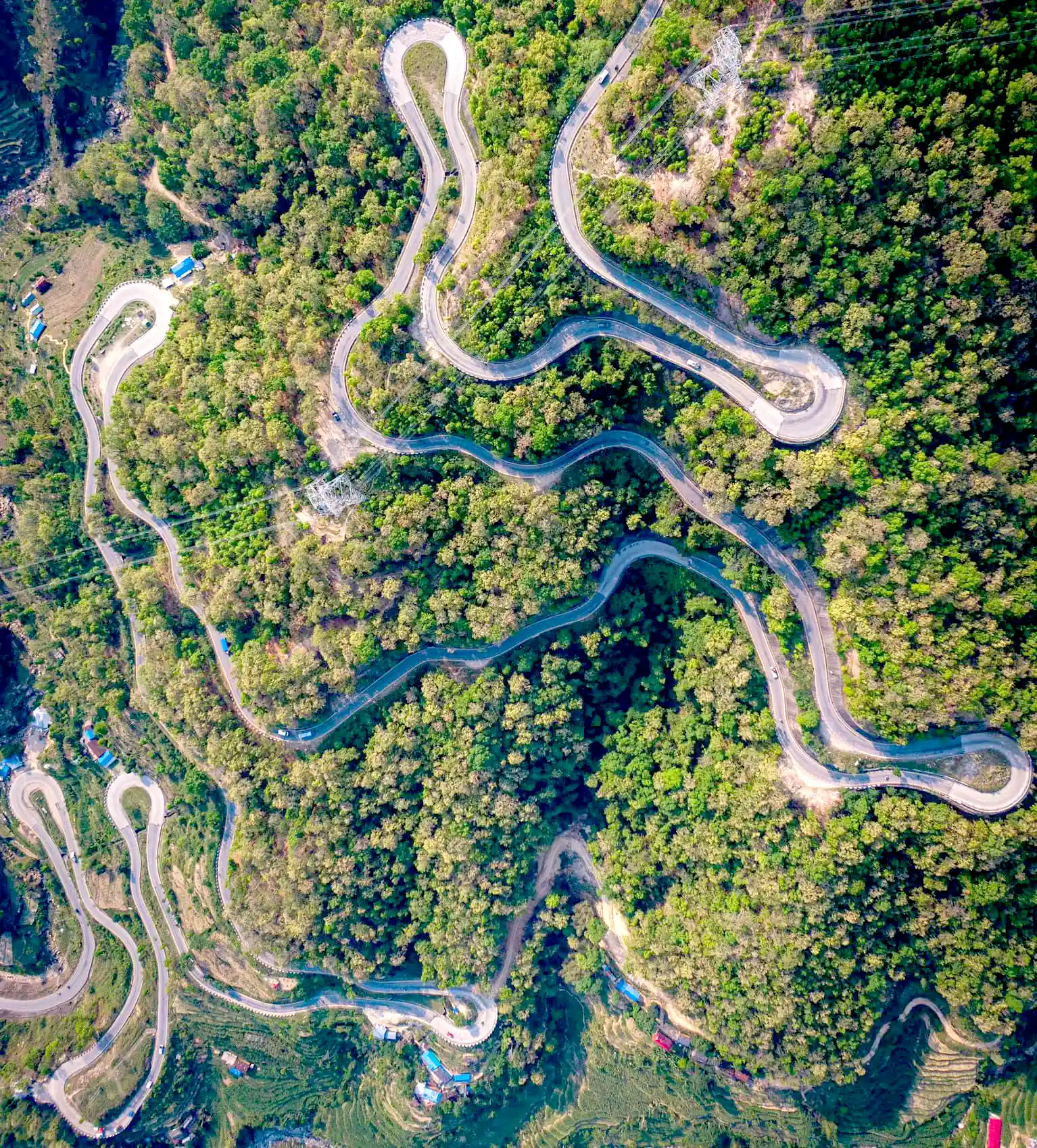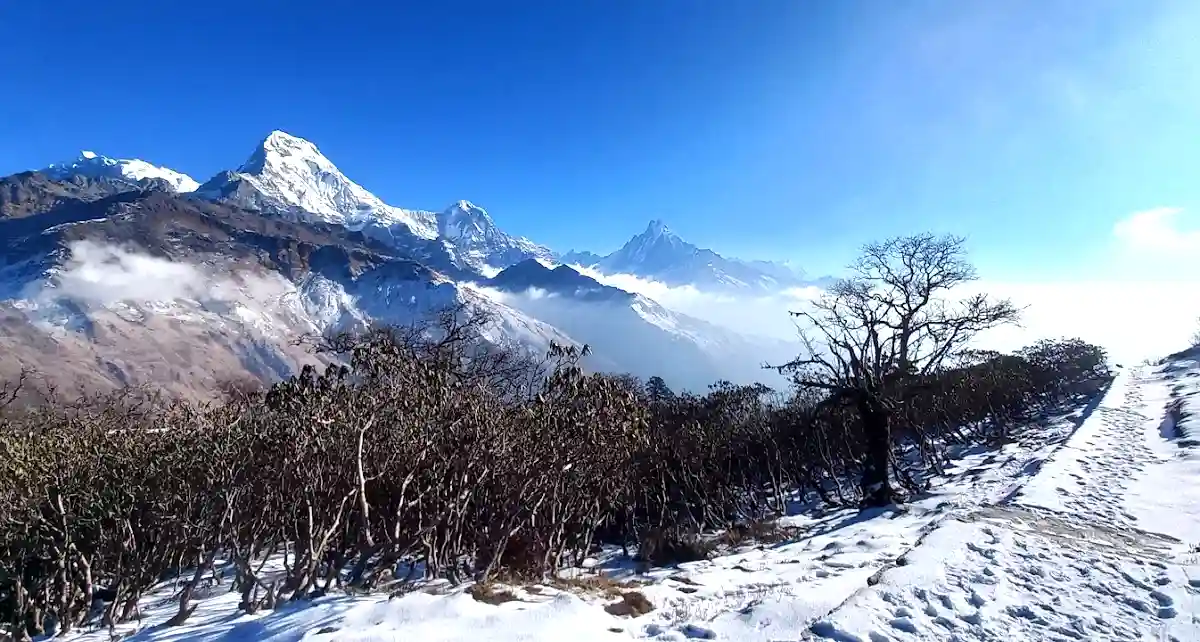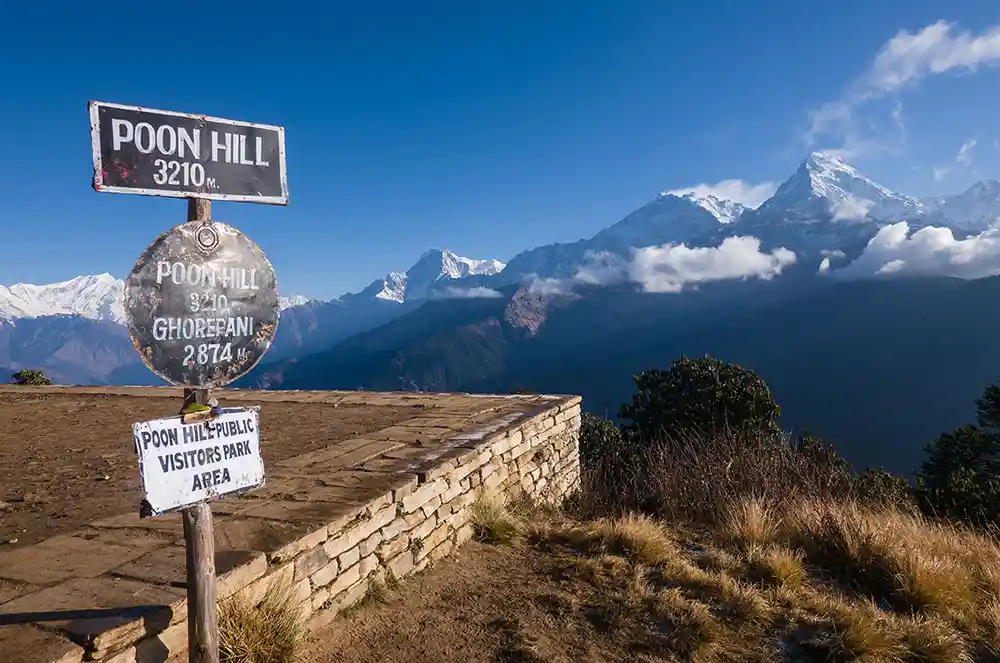Trekking in Nepal offers an unparalleled adventure through some of the world’s most stunning landscapes, whether it’s the iconic Everest Base Camp trek, the serene Annapurna Circuit, or the remote regions of Upper Mustang.
Here are the most important things you need to know before booking your trekking adventure in Nepal.
1. Physical Fitness and Health
Preparation is Key: Trekking in Nepal is physically demanding, and a good level of fitness is essential. Start training well in advance with cardio exercises like running, swimming, or cycling, combined with strength training and hiking.
Health Check-Up: Visit your doctor for a thorough medical check-up to ensure you are fit for high-altitude trekking. Discuss any pre-existing conditions and take necessary precautions.
2. Acclimatization
Understanding Altitude Sickness: Altitude sickness is a serious concern in many trekking regions. Familiarize yourself with the symptoms of Acute Mountain Sickness (AMS) and plan for acclimatization days in your itinerary to help your body adjust.
Stay Hydrated: Drinking plenty of water is crucial for acclimatization. Aim to drink at least 3-4 liters of water daily during the trek.
3. Best Time to Trek
Optimal Seasons: The best times to trek in Nepal are pre-monsoon (March to May) and post-monsoon (September to November). During these periods, the weather is generally stable, and the skies are clear, offering stunning views of the Himalayas.
Avoiding Crowds: Peak trekking seasons attract many trekkers. If you prefer a quieter experience, consider trekking during the off-peak months. However, be prepared for colder temperatures and more unpredictable weather.
4. Trekking Permits
TIMS Card: The Trekkers Information Management System (TIMS) card is required for all trekkers in Nepal. It helps ensure your safety and allows authorities to monitor your trek.
National Park and Conservation Area Permits: Depending on your trekking route, you may need specific permits like the Sagarmatha National Park Entry Permit (for Everest region), the Annapurna Conservation Area Permit (ACAP), or permits for restricted areas like Upper Mustang and Manaslu.
5. Packing Essentials
Clothing: Pack layered clothing to accommodate varying temperatures. Include thermal wear, fleece jackets, and a down jacket. Good quality trekking boots are essential for comfort and safety.
Gear: Bring trekking poles, a reliable backpack, and a sleeping bag suitable for cold weather. Sunglasses, sunscreen, lip balm, and a hat are necessary to protect against the intense sun at high altitudes.
6. Trekking Routes
Popular Routes: Nepal offers a variety of trekking routes, each with its unique charm. The Everest Base Camp trek is famous for its iconic views, while the Annapurna Circuit offers diverse landscapes and cultural experiences. The Langtang Valley trek is known for its stunning scenery and relatively quieter trails.
Itinerary Familiarization: Review the standard itinerary for your chosen route to understand the daily trekking distances and elevation gains. It’s crucial for planning your pace and acclimatization.
7. Accommodation and Food
Tea Houses: Tea houses are basic lodges providing food and accommodation along most trekking routes. They offer a warm bed, hot meals, and a chance to meet fellow trekkers.
Food Options: The menu at tea houses is varied but primarily vegetarian. Popular dishes include dal bhat (rice and lentils), noodles, and momos (dumplings). Carry energy bars and snacks for quick boosts during the trek.
8. Guides and Porters
Hiring Guides: A local guide can enhance your trekking experience by providing valuable insights, ensuring your safety, and helping with navigation. Guides are knowledgeable about the region’s culture, history, and environment.
Porters: Hiring a porter can make your trek more manageable by carrying your heavy load. This allows you to enjoy the trek without the strain of carrying a heavy backpack.
9. Safety Measures
Insurance: Comprehensive travel insurance that covers high-altitude trekking and emergency evacuation is a must. Ensure your policy includes coverage for medical expenses and helicopter evacuation.
First Aid: Carry a personal first aid kit with essential medications for common ailments, blister treatment, and AMS prevention.
10. Environmental Responsibility
Leave No Trace: The trekking regions in Nepal are pristine environments that must be preserved. Follow the principles of Leave No Trace by carrying out all waste and minimizing your environmental impact.
Support Local Economy: Purchase local products and services to support the communities along the trekking routes. This helps sustain the local economy and preserves the cultural heritage of the region.
By keeping these essential tips in mind, you’ll be well-prepared for an incredible trekking adventure in Nepal.
Happy trekking

